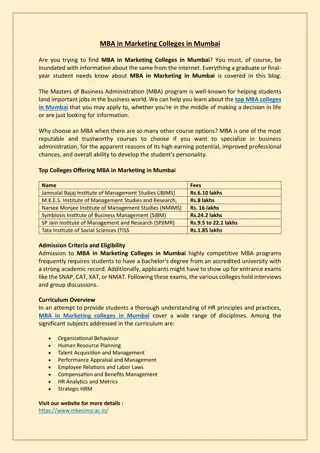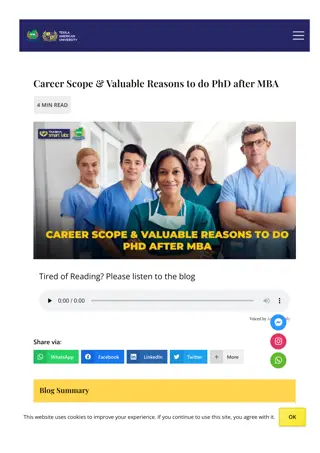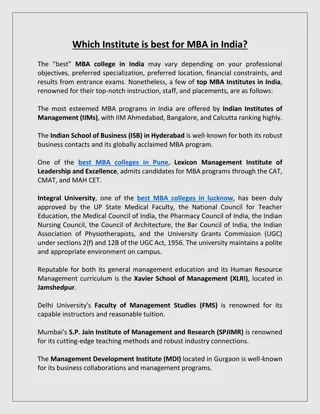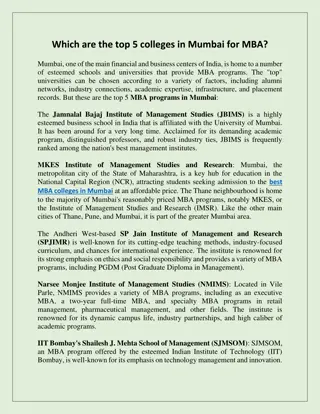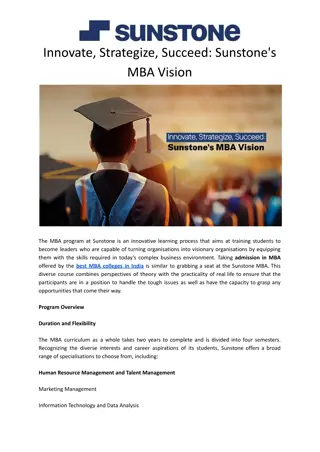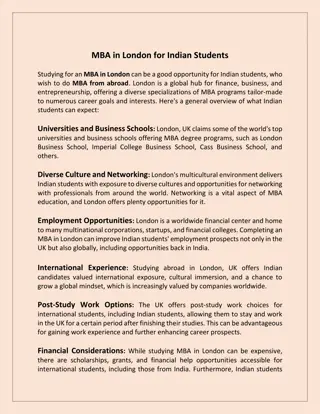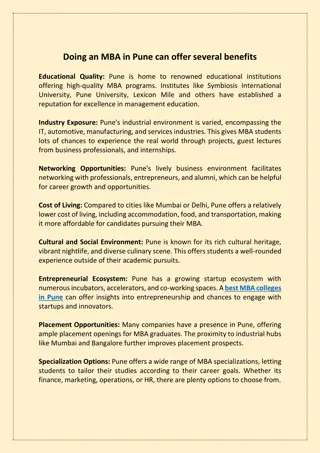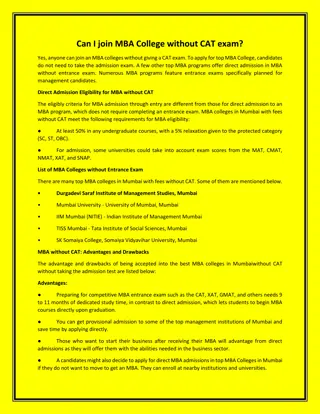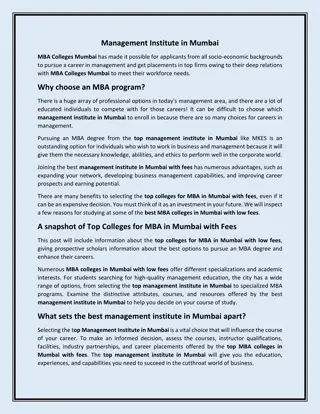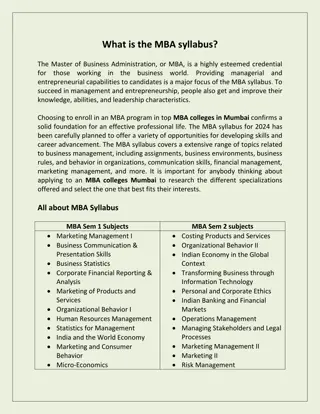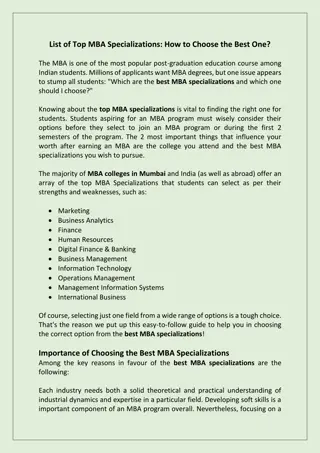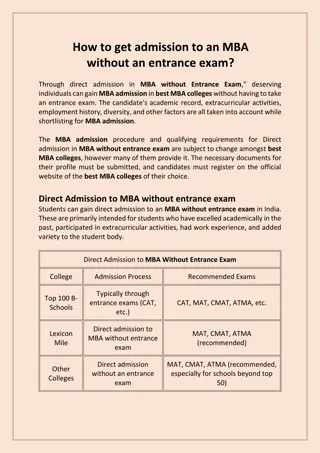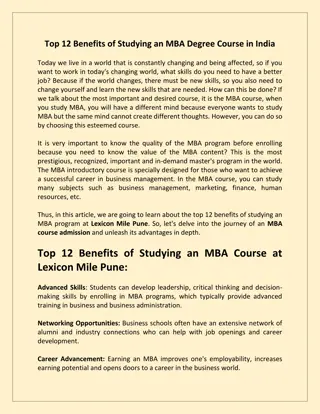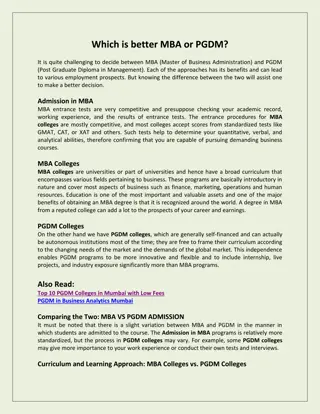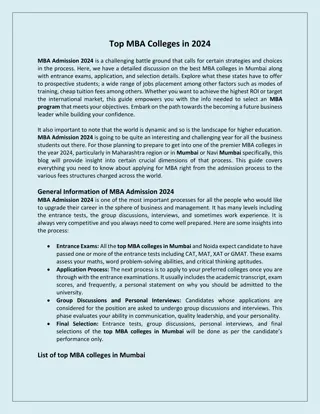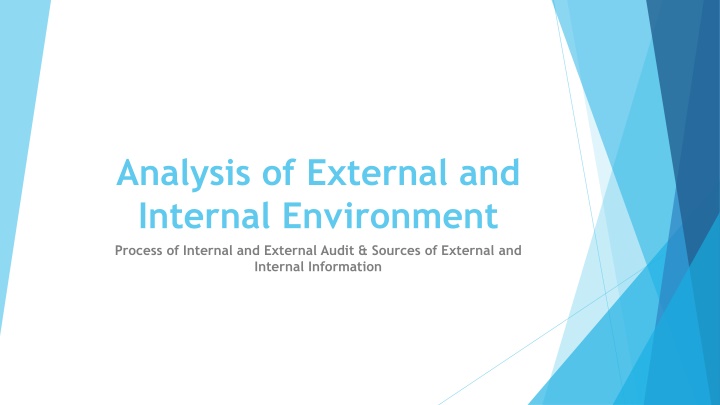
External and Internal Environment Process for Auditing
Explore the analysis of external and internal environments, key components, and the process of conducting external and internal audits. Learn how to identify crucial external factors using frameworks like PESTEL, and assess internal factors impacting organizational functioning. Discover the steps involved in both external and internal audits, along with the tools used such as SWOT analysis and competitive analysis.
Download Presentation

Please find below an Image/Link to download the presentation.
The content on the website is provided AS IS for your information and personal use only. It may not be sold, licensed, or shared on other websites without obtaining consent from the author. If you encounter any issues during the download, it is possible that the publisher has removed the file from their server.
You are allowed to download the files provided on this website for personal or commercial use, subject to the condition that they are used lawfully. All files are the property of their respective owners.
The content on the website is provided AS IS for your information and personal use only. It may not be sold, licensed, or shared on other websites without obtaining consent from the author.
E N D
Presentation Transcript
Analysis of External and Internal Environment Process of Internal and External Audit & Sources of External and Internal Information
Understanding External Environment Refers performance. Key Components: (PESTEL) Political: Government policies, stability, and regulations affecting the business environment. Economic: Economic growth, inflation rates, exchange rates, and employment trends. Social: Demographic changes, cultural attitudes, and consumer behaviors. Technological: Advancements in technology, innovation trends, and digital transformation. Environmental: Sustainability issues, climate change, and ecological regulations. Legal: Laws and regulations, protection laws, and industry-specific compliance requirements. to factors outside an organization that influence its including labor laws, consumer
Understanding Internal Environment Comprises factors within an organization that impact its functioning and decision-making. Key Components: Organizational Structure: Hierarchy, roles, and communication flow. Leadership and Culture: Management style, employee engagement, and organizational values. Resources: Human: Skills, knowledge, and competencies of employees. Financial: Capital availability, budgeting, and cost management. Physical: Infrastructure, machinery, and facilities. Processes and Systems: Efficiency of workflows, use of technology, and operational practices.
Process of External Audit 1.Define Objectives: Determine the purpose of the audit (e.g., market entry, risk assessment). 2.Identify Key External Factors: Use frameworks like PESTEL to pinpoint critical factors. 3.Collect Relevant Data: Use surveys, reports, and external databases to gather information. 4.Analyze Data: Assess the collected data to identify opportunities and threats. 5.Identify Opportunities and Threats: Develop a comprehensive view of external factors impacting the organization. 6.Prepare an Audit Report: Document findings and recommendations for decision-makers.
External Audit Tools Used: SWOT Analysis: For evaluating strengths, weaknesses, opportunities, and threats. Competitive Analysis: Understand industry positioning and competitor strategies. Outcome: Provides actionable insights for strategic planning.
Process of Internal Audit 1.Define Audit Scope and Objectives: Focus areas like resource utilization, process efficiency, or compliance. 2.Assess Key Internal Factors: Review organizational structure, leadership, and resources. 3.Gather Data: Conduct employee interviews, review performance metrics, and observe processes. 4.Analyze Strengths and Weaknesses: Identify core competencies and areas requiring improvement. 5.Suggest Improvements: Provide recommendations to enhance efficiency and effectiveness. 6.Report Findings: Share detailed insights with stakeholders for informed decision-making.
Internal Audit Tools Used: Resource Audit: Evaluate internal resources and their utilization. Gap Analysis: Identify gaps between current performance and desired goals. Outcome: Facilitates continuous improvement and operational excellence.
Sources of External Information Primary Sources: Surveys: Collect direct input from customers, stakeholders, and partners. Interviews with Industry Experts: Gain insights from professionals with domain expertise. Focus Groups: Understand consumer preferences and behaviors. Secondary Sources: Government Publications: Regulatory updates, economic statistics, and industry reports. Industry Reports: Comprehensive studies by consulting firms or trade associations. News Articles: Updates on market trends and competitive activities. Online Databases: Platforms like Statista, IMF, and World Bank for reliable data. Importance: Offers a broad perspective on market and industry dynamics.
Sources of Internal Information Primary Sources: Employee Feedback: Insights from employees about processes and workplace conditions. Internal Surveys: Measure employee satisfaction, engagement, and opinions. Direct Observations: Assess real-time performance and operations. Secondary Sources: Financial Statements: Understand financial health and performance. Performance Reports: Evaluate departmental or individual achievements. Internal Databases: Access records, reports, and other stored data. Previous Audit Reports: Review past findings for context and patterns. Importance: Provides actionable insights into organizational performance and capabilities.
Integration of Internal and External Analysis Importance: Alignment of Resources: Matches internal strengths with external opportunities. Risk Management: Anticipates threats and prepares mitigation strategies. Strategic Planning: Facilitates informed and sustainable decision-making. Frameworks Used: SWOT Analysis: Integrates internal and external factors for a comprehensive view. Balanced Scorecard: Links strategic objectives to performance metrics. Value Chain Analysis: Analyzes value-added processes within the organization. Outcome: Enhances competitive advantage and long-term success.
Example Scenario: External Analysis: Identified a market trend towards eco-friendly products, driven by consumer demand and regulatory pressures. Internal Analysis: Evaluated the company s existing production capabilities, identifying gaps in sustainable practices. Action Taken: Developed a strategic plan to invest in sustainable technology. Trained employees on eco-friendly production methods. Launched a new product line catering to environmentally conscious consumers. Result: Increased market share and enhanced brand reputation. Key Takeaway: Combining internal strengths with external opportunities drives innovation and growth.


